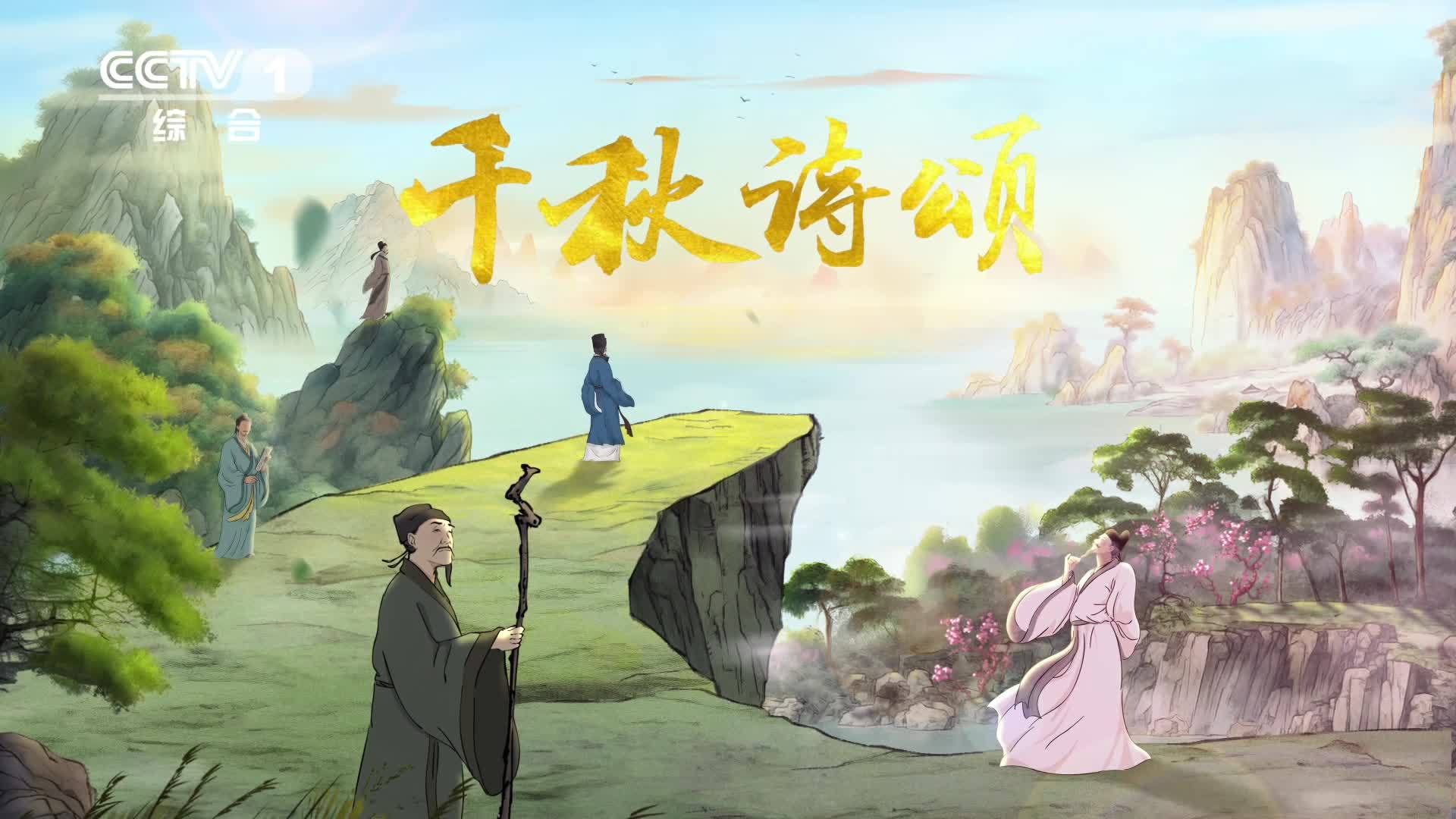China's first literate video AI animation "Ode to a Thousand Autumns", produced by China Central Radio and Television (CCTV), started broadcasting from February 26th at 18:40 on CCTV-1, the China Central Television (CCTV)'s comprehensive channel. The first batch of six episodes of the animation, including "Spring Night Joyful Rain" and "Singing the Goose", present art visuals with unique Chinese aesthetic characteristics through AI artificial intelligence technology, and show the family and national sentiments and true feelings of human beings in classic Chinese poems.

Relying on the "CCTV Audiobook Media Model", "Ode to a Thousand Autumns" uses AI technology to focus on more than 200 poems in the unified language textbook, and transforms them into a beautiful animated film in the national style. The "CCTV Media Model" contains functional sections such as news assistant, digital person, literate video, animation production, scene rendering, etc. It integrates the "Shusheng-Pu language" big language model, "Shusheng-Dream Building" big literate video model, and the "Shusheng-Dream Building" animation model. Shusheng-Pu Language" and "Shusheng-Zhuimeng" AI multimodal products.
During the training of "Shusheng Zhuimeng", the research team and the program director fed it a large amount of accurate data containing traditional Chinese culture, so that it can generate historically based pictures of characters and scenes, and its art style has the qualities of Chinese ink painting and brush painting.
It is reported that the series of animated films "Ode to a Thousand Autumns" consists of 26 episodes of about 7 minutes each, and its art design, animation generation and post-production are all assisted by artificial intelligence, which is of milestone significance.